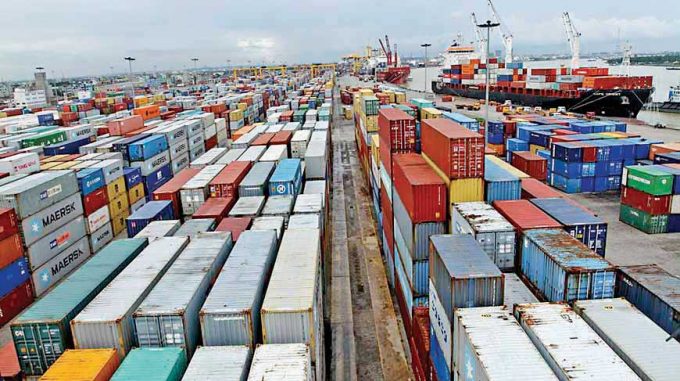12-vessel deal sets up Bangladesh Shipping for relaunch into box sector
Bangladesh Shipping Corp(BSC) is set to buy 12 containerships, ranging from 2,500 to 3,000 teu, ...

Out of 10 designated jetties for handling container vessels at Chittagong port, two remained vacant on Tuesday, while between one and three jetties have been empty for almost every day this month as lower number of vessels arrived due to a significant fall in import volumes.
Normally Bangladesh’s primary port faces container stockpiles in its yards and prolonged vessel congestion at the outer anchorage of the port.
However, this has changed since the war in Ukraine began, leading to the declines in ...
Amazon pushes into LTL for small package fulfilment and UPS does a u-turn
New senior management for DSV as it readies for DB Schenker takeover
Volumes set to 'fall off a cliff' as US firms hit the brakes on sourcing and bookings
Asian exporters scramble for ships and boxes to beat 90-day tariff pause
Temporary tariff relief brings on early transpacific peak season
'Tariff madness' will prompt renegotiation of ocean shipping contracts
Response to tariffs by Chinese importers may see extra costs for US shippers
Forwarders 'allowing the fox into the chicken run' by supporting 'hungry' carriers

Comment on this article